

- RFQ
- BOM
-
Contact Us
Tel: +86-0755-83501315
Email: sales@sic-components.com
- Chinese
- English
- French
- German
- Portuguese
- Spanish
- Russian
- Japanese
- Korean
- Arabic
- Irish
- Greek
- Turkish
- Italian
- Danish
- Romanian
- Indonesian
- Czech
- Afrikaans
- Swedish
- Polish
- Basque
- Catalan
- Esperanto
- Hindi
- Lao
- Albanian
- Amharic
- Armenian
- Azerbaijani
- Belarusian
- Bengali
- Bosnian
- Bulgarian
- Cebuano
- Chichewa
- Corsican
- Croatian
- Dutch
- Estonian
- Filipino
- Finnish
- Frisian
- Galician
- Georgian
- Gujarati
- Haitian
- Hausa
- Hawaiian
- Hebrew
- Hmong
- Hungarian
- Icelandic
- Igbo
- Javanese
- Kannada
- Kazakh
- Khmer
- Kurdish
- Kyrgyz
- Latin
- Latvian
- Lithuanian
- Luxembou..
- Macedonian
- Malagasy
- Malay
- Malayalam
- Maltese
- Maori
- Marathi
- Mongolian
- Burmese
- Nepali
- Norwegian
- Pashto
- Persian
- Punjabi
- Serbian
- Sesotho
- Sinhala
- Slovak
- Slovenian
- Somali
- Samoan
- Scots Gaelic
- Shona
- Sindhi
- Sundanese
- Swahili
- Tajik
- Tamil
- Telugu
- Thai
- Ukrainian
- Urdu
- Uzbek
- Vietnamese
- Welsh
- Xhosa
- Yiddish
- Yoruba
- Zulu
- Kinyarwanda
- Tatar
- Oriya
- Turkmen
- Uyghur
What is a Humidity Sensor? How They Work, Types, and Applications
A humidity sensor (https://www.sic-components.com/sensors-transducers/humidity-moisture-sensors), also commonly referred to as a hygrometer, is an electronic device designed to measure the amount of moisture or water vapor present in the air. Humidity is a crucial environmental parameter, and its accurate measurement has far - reaching implications across numerous fields. From maintaining comfortable living conditions to ensuring the quality and integrity of products in manufacturing and storage, humidity sensors play a pivotal role.
Humidity can be expressed in different ways, with the two most common being relative humidity (RH) and absolute humidity. Relative humidity represents the ratio of the actual amount of water vapor in the air at a given temperature to the maximum amount of water vapor the air could hold at that same temperature, expressed as a percentage. For example, if the air at 25°C contains half of the maximum water vapor it can hold at that temperature, the relative humidity is 50%. Absolute humidity, on the other hand, is the mass of water vapor per unit volume of air, typically measured in grams per cubic meter (g/m³).
How do Humidity Sensors Work? https://www.sic-components.com/sensors-transducers/humidity-moisture-sensors
Humidity sensors operate based on the principle of detecting changes in certain physical properties of materials in response to variations in humidity. Different types of humidity sensors use different mechanisms for this detection.
Capacitive Humidity Sensors
Capacitive humidity sensors are among the most prevalent types. They consist of two electrodes with a dielectric material, often a hygroscopic polymer or metal oxide film, placed between them. When the surrounding air humidity changes, the dielectric material either absorbs or releases water vapor. This absorption or release causes a change in the dielectric constant of the material. Since capacitance (C) in a parallel - plate capacitor is given by the formula
C= dϵA, where ϵ is the dielectric constant, A is the area of the plates, and d is the distance between the plates, a change in ϵ due to humidity variation leads to a change in the capacitance of the sensor. This change in capacitance is then measured and correlated to the humidity level in the air.
Resistive Humidity Sensors
Resistive humidity sensors rely on the change in electrical resistance of a hygroscopic material. The sensing element in these sensors is typically made of a conductive polymer, salt - based materials, or a ceramic substance with hygroscopic properties. When the humidity in the air changes, the material absorbs or loses water molecules. This alters the electrical conductivity of the material. For instance, in a salt - based resistive sensor, the presence of water vapor can ionize the salt, increasing the number of charge carriers and thus changing the resistance between two electrodes. By measuring this change in resistance, the sensor can determine the humidity level.
Thermal Conductivity Humidity Sensors
Thermal conductivity humidity sensors work by measuring the change in the thermal conductivity of the air as humidity varies. These sensors usually employ two thermistors. One thermistor is exposed to the ambient air, while the other is placed in a dry reference gas, often dry nitrogen. The difference in the thermal conductivity between the humid air and the dry gas causes a temperature difference between the two thermistors. Since the thermal conductivity of air increases with higher humidity, this temperature difference can be used to calculate the humidity level. The relationship between the temperature difference and humidity is calibrated, allowing for accurate humidity measurement.
Understanding Humidity Sensor Technology https://www.sic-components.com/sensors-transducers/humidity-moisture-sensors
The technology behind humidity sensors has advanced significantly over the years. Modern humidity sensors are designed to be more accurate, reliable, and have faster response times.
Material Innovations
New materials are being developed and used in humidity sensors to enhance their performance. For example, nanomaterials such as graphene and carbon nanotubes have shown great potential in humidity sensing. Graphene, with its large surface area and high electrical conductivity, can adsorb water molecules, causing a measurable change in its electrical properties. This makes it possible to create highly sensitive humidity sensors. Additionally, advanced polymers with tailored hygroscopic properties are being synthesized. These polymers can be engineered to have a linear response to humidity changes over a wide range, improving the accuracy of capacitive and resistive humidity sensors.
Miniaturization and Integration
There is a growing trend towards miniaturizing humidity sensors. Smaller sensors are not only more convenient for use in compact devices but also require less power. Micro - electromechanical systems (MEMS) technology has been instrumental in this regard. MEMS - based humidity sensors can be fabricated on a small scale, integrating the sensing element, signal conditioning circuitry, and sometimes even communication interfaces on a single chip. This integration not only reduces the size of the sensor but also improves its reliability and performance by minimizing external interference.
Calibration and Compensation
Accurate calibration is essential for humidity sensors to provide reliable readings. Manufacturers use sophisticated calibration techniques to ensure that the sensor output accurately reflects the actual humidity level. Additionally, since humidity sensors can be affected by factors such as temperature, pressure, and the presence of contaminants, compensation algorithms are often implemented. For example, temperature compensation is crucial because the properties of the sensing materials in humidity sensors can change with temperature. By measuring the temperature simultaneously (using an integrated temperature sensor in many modern devices) and applying appropriate compensation algorithms, the accuracy of the humidity measurement can be maintained over a wide temperature range.
Types of Humidity Sensors https://www.sic-components.com/sensors-transducers/humidity-moisture-sensors
Capacitive Humidity Sensors
As mentioned earlier, capacitive humidity sensors are widely used due to their high accuracy and fast response times. They can measure relative humidity over a wide range, typically from 0% to 100% RH. These sensors are known for their linear output, which makes it easier to calibrate and use in various applications. Capacitive humidity sensors are used in HVAC (Heating, Ventilation, and Air - Conditioning) systems to maintain optimal indoor humidity levels. They are also found in weather stations, where accurate humidity data is essential for weather forecasting. In industrial settings, such as pharmaceutical manufacturing and food processing, capacitive sensors help control humidity to ensure product quality and safety.
Resistive Humidity Sensors
Resistive humidity sensors are relatively simple and cost - effective. They are suitable for applications where a basic level of humidity measurement is required. These sensors are commonly used in household appliances like dehumidifiers, humidifiers, and air conditioners. In automotive applications, resistive humidity sensors can be found in car HVAC systems, helping to control the humidity inside the vehicle for passenger comfort. They are also used in some environmental monitoring systems, such as low - cost indoor air quality monitors, where their low cost and simplicity make them a viable option.
Thermal Conductivity Humidity Sensors
Thermal conductivity humidity sensors are often used in applications where high accuracy and stability are required, especially in harsh environments. They are commonly employed in industrial drying processes, where precise control of humidity is crucial to ensure the quality of the dried products. In meteorological instruments, thermal conductivity sensors provide accurate humidity data for weather monitoring. They are also used in some high - end HVAC systems in large commercial buildings, where maintaining the right humidity levels is essential for the comfort of occupants and the protection of sensitive equipment.
Optical Humidity Sensors
Optical humidity sensors use light - based techniques to measure humidity. These sensors typically involve a light source and a detector. The humidity level affects the absorption, reflection, or scattering of light within the sensing medium. For example, some optical humidity sensors use a hygroscopic material that changes its optical properties when it absorbs water vapor. This change in optical properties is then detected by the detector and converted into a humidity reading. Optical humidity sensors are used in high - precision applications such as laboratory instruments, where extremely accurate humidity measurements are required. They are also used in some environmental monitoring applications where immunity to electromagnetic interference is important, as they do not rely on electrical conductivity or capacitance changes.
Gravimetric Humidity Sensors
Gravimetric humidity sensors are considered the most accurate type of humidity sensors. They measure humidity by directly determining the mass of water vapor in a given volume of air. This is usually done by passing a known volume of air through a desiccant material that absorbs the water vapor. The increase in mass of the desiccant is then measured, and from this, the absolute humidity of the air can be calculated. Gravimetric humidity sensors are often used as reference standards in calibration laboratories to calibrate other types of humidity sensors. They are also used in applications where extremely high - accuracy humidity measurements are critical, such as in some aerospace and high - end scientific research applications. However, they are relatively large, complex, and expensive compared to other types of humidity sensors.
What are the Most Common Applications that Humidity Sensors are used in? https://www.sic-components.com/sensors-transducers/humidity-moisture-sensors
Building and Indoor Environment Control
In residential, commercial, and industrial buildings, humidity sensors are an integral part of HVAC systems. In homes, HVAC systems equipped with humidity sensors can maintain a comfortable indoor humidity level, typically between 30% and 60% RH. This not only enhances human comfort but also helps prevent issues such as mold growth, which can occur in high - humidity environments. In commercial buildings like offices, hospitals, and schools, humidity sensors ensure that the indoor air quality is optimal for the well - being of occupants and the proper functioning of equipment. In industrial facilities, humidity control is crucial for manufacturing processes. For example, in electronics manufacturing, high humidity can cause corrosion of sensitive components, while in textile manufacturing, humidity affects the quality and processing of fabrics.
Food and Beverage Industry
Humidity sensors play a vital role in the food and beverage industry at every stage, from production to storage and distribution. During food processing, maintaining the right humidity level is essential for product quality. For instance, in baking, the humidity in the oven can affect the texture and moisture content of the baked goods. In the storage of grains, fruits, and vegetables, humidity sensors help prevent spoilage. High humidity can lead to mold growth and rotting, while low humidity can cause dehydration. In the beverage industry, especially for products like wine and beer, humidity control in storage facilities is crucial to ensure the proper aging and quality of the products.
Agriculture and Greenhouse Management
In agriculture, humidity sensors are used in greenhouses to create an ideal environment for plant growth. Different plants have different humidity requirements at various stages of growth. By monitoring and controlling humidity, farmers can optimize plant health, increase crop yields, and reduce the risk of diseases. Humidity sensors are also used in soil moisture monitoring systems. Although they do not directly measure air humidity, soil moisture and air humidity are interconnected, and both are important for crop health and irrigation management. In large - scale agricultural storage facilities, humidity sensors help protect stored grains and other agricultural products from spoilage due to excessive humidity.
Medical and Healthcare
In the medical field, humidity sensors are used in a variety of applications. In hospitals, humidity sensors are part of patient monitoring systems. Maintaining the right humidity level in patient rooms, especially in intensive care units and operating theaters, is important for patient comfort and to prevent the spread of infections. Some medical devices, such as incubators for premature babies and respiratory therapy equipment, require precise humidity control. In pharmaceutical manufacturing, humidity sensors ensure that the production environment meets strict quality standards. Humidity can affect the stability and efficacy of medications, so accurate humidity measurement and control are essential throughout the manufacturing process.
Automotive
In cars, humidity sensors are used in HVAC systems to control the humidity inside the vehicle. This helps to prevent fogging of the windows, which can improve visibility and driving safety. In addition, some modern cars are equipped with humidity sensors as part of their climate control systems to provide a more comfortable driving environment. In the automotive manufacturing process, humidity sensors may also be used in paint shops and other areas where humidity can affect the quality of the manufacturing process, such as the curing of adhesives and coatings.
Meteorology and Environmental Monitoring
Humidity sensors are a fundamental component of weather stations. Meteorologists rely on accurate humidity data, along with temperature, pressure, and wind data, to predict weather patterns. Humidity plays a crucial role in the formation of clouds, precipitation, and fog. In environmental monitoring, humidity sensors are used to study the Earth's climate and ecosystems. They can help in monitoring the impact of climate change on humidity levels in different regions. Additionally, humidity sensors are used in air quality monitoring stations, as humidity can affect the concentration and behavior of pollutants in the air.
Pros and Cons Of Capacitive Humidity Sensors https://www.sic-components.com/sensors-transducers/humidity-moisture-sensors
Pros
High Accuracy: Capacitive humidity sensors are capable of providing highly accurate relative humidity measurements, often with an accuracy of ±2% or better. This makes them suitable for applications where precise humidity control is critical, such as in pharmaceutical manufacturing, where even small variations in humidity can affect the quality of drugs.
Fast Response Time: They can quickly detect changes in humidity levels, with response times typically in the range of a few seconds. This fast response is beneficial in applications where rapid adjustments to humidity changes are required, like in HVAC systems where immediate responses can help maintain a stable indoor environment.
Wide Measurement Range: Capacitive sensors can measure relative humidity over a broad range, usually from 0% to 100% RH. This wide range makes them versatile and applicable in various environments, from extremely dry deserts to highly humid tropical regions.
Linear Output: Their output is linearly proportional to the humidity level, which simplifies calibration and data interpretation. This linearity allows for easy integration into control systems, as the relationship between the sensor output and humidity is straightforward to model and use for feedback control.
Cons
Sensitivity to Contaminants: Capacitive humidity sensors can be sensitive to contaminants in the air, such as dust, oils, and chemicals. These contaminants can coat the sensing surface, affecting the dielectric properties of the material and leading to inaccurate readings. In industrial environments with high levels of pollutants, additional filtering or regular calibration and cleaning may be required to maintain accuracy.
Hysteresis: Some capacitive humidity sensors may exhibit hysteresis, which means that the sensor's output may not follow the exact same curve when humidity is increasing as when it is decreasing. This can introduce errors in measurements, especially in applications where humidity levels are constantly fluctuating. However, modern sensor designs and calibration techniques have significantly reduced this issue.
Cost: Compared to some other types of humidity sensors, such as resistive sensors, capacitive humidity sensors can be relatively more expensive. This higher cost may limit their use in applications where cost - effectiveness is a primary concern, although their superior performance often justifies the cost in high - end and critical applications.
Why do I Need a Humidity Sensor? https://www.sic-components.com/sensors-transducers/humidity-moisture-sensors
Comfort and Health
Maintaining an appropriate humidity level is crucial for human comfort and health. In indoor environments, if the humidity is too low (below 30% RH), the air can become dry, leading to discomfort such as dry skin, itchy eyes, and a scratchy throat. Low humidity can also increase the risk of respiratory infections as the dry air can irritate the mucous membranes in the nose and throat. On the other hand, if the humidity is too high (above 60% RH), it can create a breeding ground for mold, mildew, and dust mites. Mold and mildew can cause allergic reactions and respiratory problems, while dust mites are a common allergen. A humidity sensor can be used in HVAC systems or standalone humidity - controlling devices to ensure that the indoor humidity remains within the comfortable and healthy range.
Protecting Equipment and Goods
Humidity can have a significant impact on the performance and lifespan of various equipment and goods. In the electronics industry, high humidity can cause corrosion of circuit boards and other components, leading to malfunctions and reduced product lifespan. In the case of musical instruments, such as pianos and guitars, humidity changes can cause the wood to expand or contract, affecting the tuning and structural integrity of the instrument. In art galleries and museums, humidity control is essential to protect valuable paintings, sculptures, and historical artifacts from damage. A humidity sensor allows for the monitoring and control of humidity levels to safeguard these items.
Industrial and Manufacturing Processes
In many industrial and manufacturing processes, humidity is a critical parameter that can affect product quality and production efficiency. In the printing industry, for example, humidity can impact the drying time of inks and the dimensional stability of paper, leading to misprints or poor - quality prints. In chemical manufacturing, humidity can influence chemical reactions, product purity, and the stability of raw materials. By using humidity sensors to monitor and control humidity, manufacturers can ensure consistent product quality, reduce waste, and improve overall production efficiency.
What Humidity Sensor is Right for Me? https://www.sic-components.com/sensors-transducers/humidity-moisture-sensors
Consider the Application
The first step in choosing the right humidity sensor is to consider the specific application. For applications where high accuracy and fast response times are required, such as in a pharmaceutical laboratory or a high - end climate - controlled data center, a capacitive or optical humidity sensor may be the best choice. If cost - effectiveness and simplicity are the main priorities, as in a basic home humidity monitor or a low - end industrial drying process, a resistive humidity sensor could be sufficient. For applications in harsh environments, like industrial plants with high levels of contaminants or extreme temperatures, thermal conductivity humidity sensors may offer better performance and durability.
Measurement Range and Accuracy Requirements
Determine the required humidity measurement range. If you are working in an environment where humidity levels can vary from very dry to very humid, such as in a greenhouse or a coastal area, you need a sensor with a wide measurement range, like most capacitive sensors that can cover 0% - 100% RH. Also, consider the accuracy needed. For applications where precise humidity control is crucial, such as in semiconductor manufacturing, where even a small humidity deviation can affect the production process, sensors with high accuracy (e.g., ±1% - ±2% RH) should be selected. However, for general home or office use, a sensor with an accuracy of ±3% - ±5% RH may be adequate.
Environmental Conditions
Take into account the environmental conditions in which the sensor will operate. If the sensor will be exposed to high levels of contaminants, such as in an industrial area with dust, chemicals, or oils in the air, you may need to choose a sensor with a protective coating or one that is less sensitive to contaminants. If the operating temperature range is extreme, either very high or very low, make sure the sensor is designed to function properly within that temperature range. For example, some sensors may have a limited temperature range, and using them outside of this range can lead to inaccurate readings or sensor failure.
Power Consumption and Integration
If the humidity sensor is to be used in a battery - powered device or a system where power consumption is a concern, choose a sensor with low power requirements. Many modern MEMS - based humidity sensors are designed to consume very little power, making them suitable for applications such as wearable devices or wireless sensor networks. Also, consider how the sensor will integrate with the existing system. If you are using a microcontroller or a programmable logic controller (PLC) in your project, make sure the sensor has a compatible interface, such as I²C, SPI, or analog output, to enable easy communication and data transfer.
Humidity Sensor Supplier - SIC
SIC is your top - choice humidity sensor supplier. We offer a diverse range of high - quality humidity sensors, ensuring accurate and reliable moisture measurement for various applications. With fast delivery, competitive prices, and professional technical support, we meet your specific needs. Whether for industrial use, environmental monitoring, or home applications, trust SIC for all your humidity sensing requirements.
https://www.sic-components.com/sensors-transducers/humidity-moisture-sensors

Hot Products
View MoreRelated Blogs

2000+
Daily average RFQ Volume

30,000,000
Standard Product Unit

2800+
Worldwide Manufacturers

15,000 m2
In-stock Warehouse




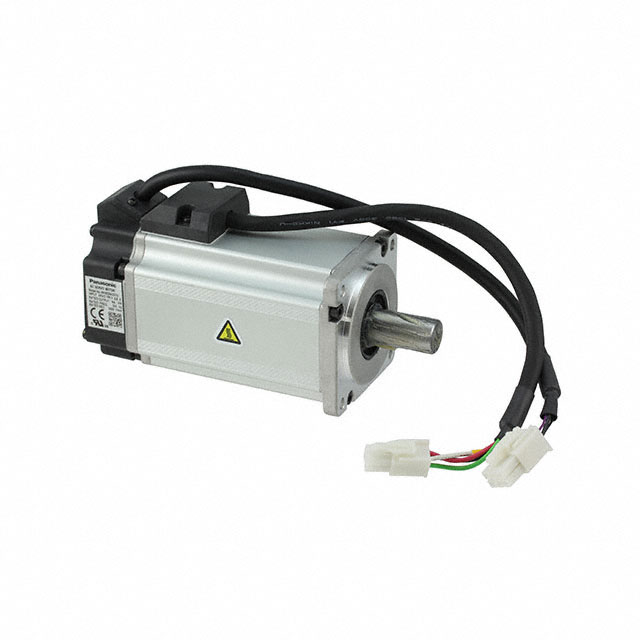
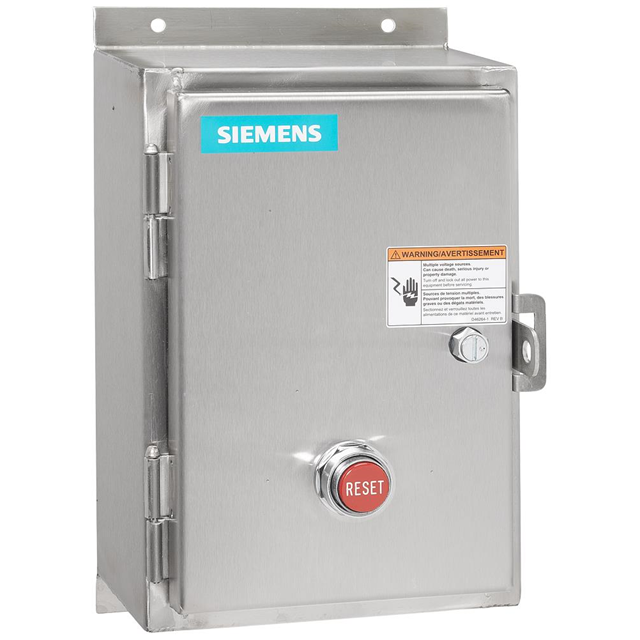
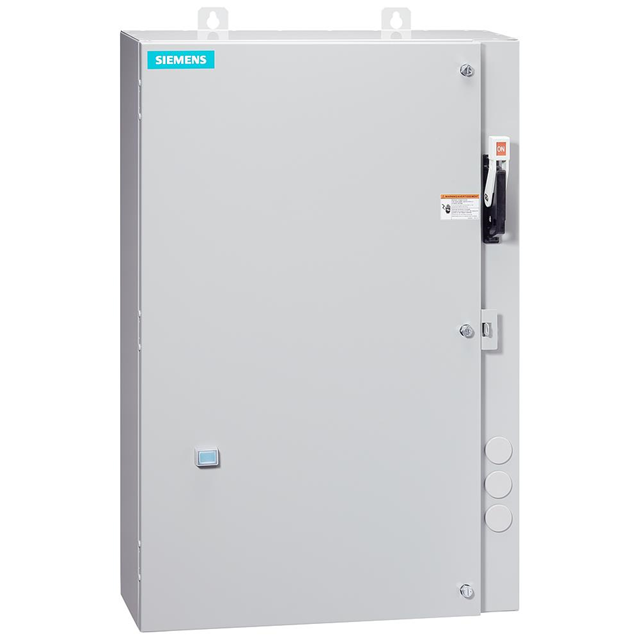
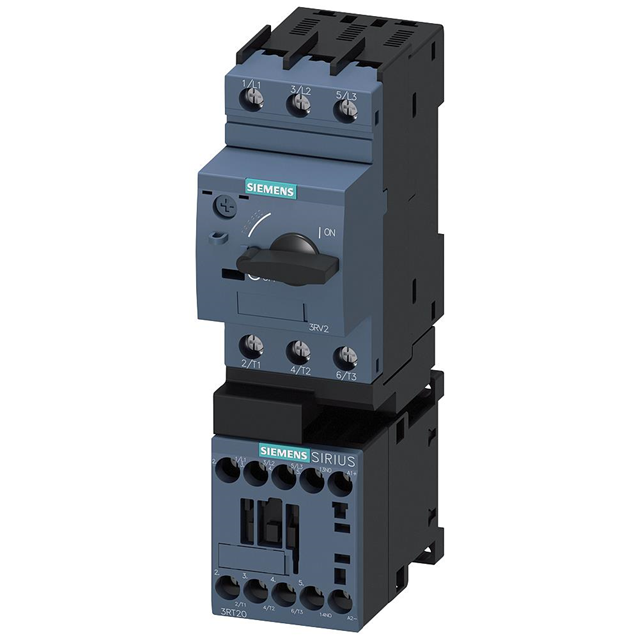
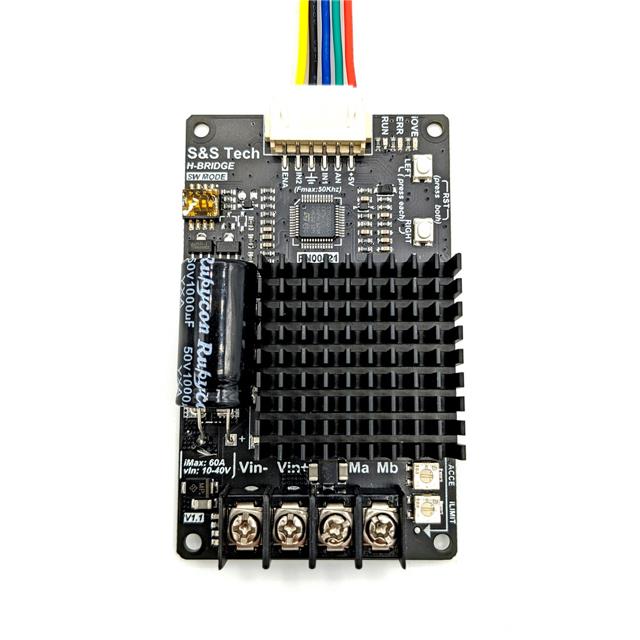
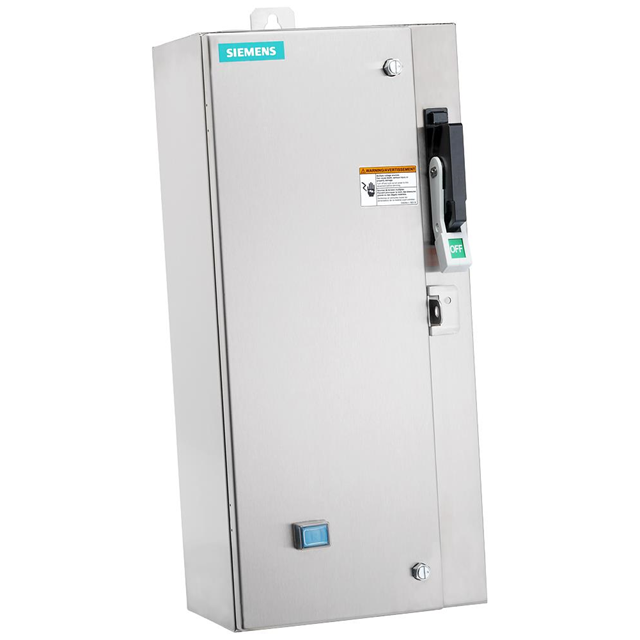
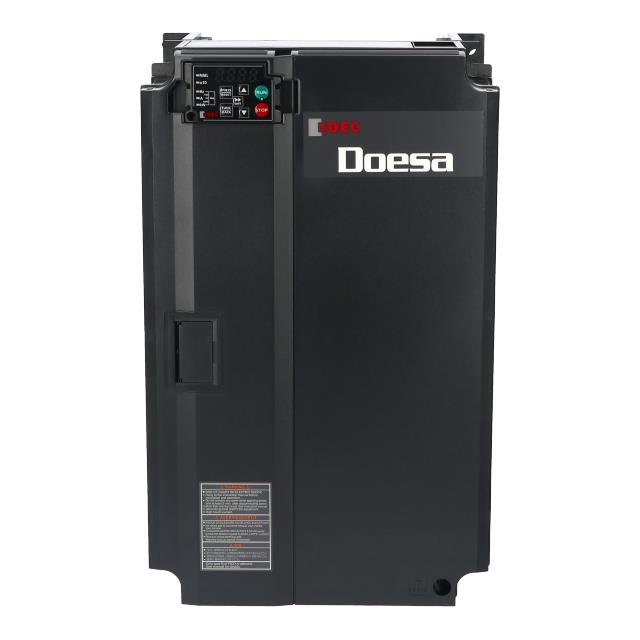










 Wishlist (0 Items)
Wishlist (0 Items)